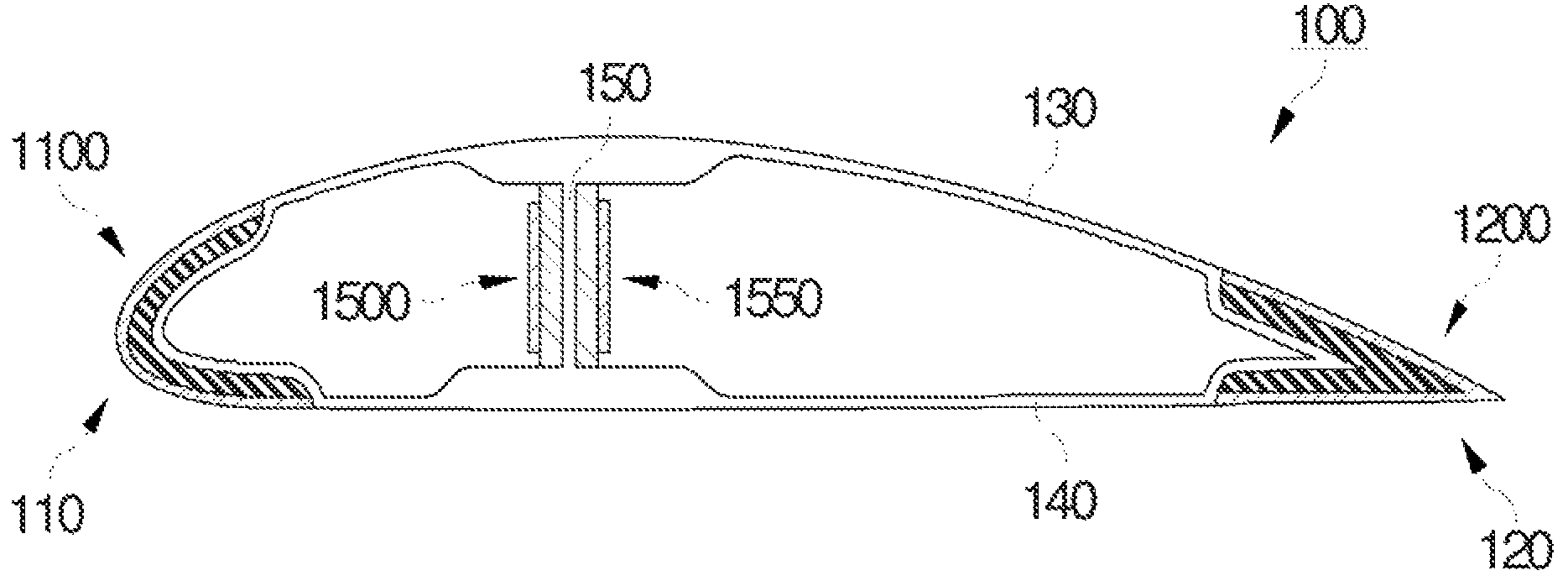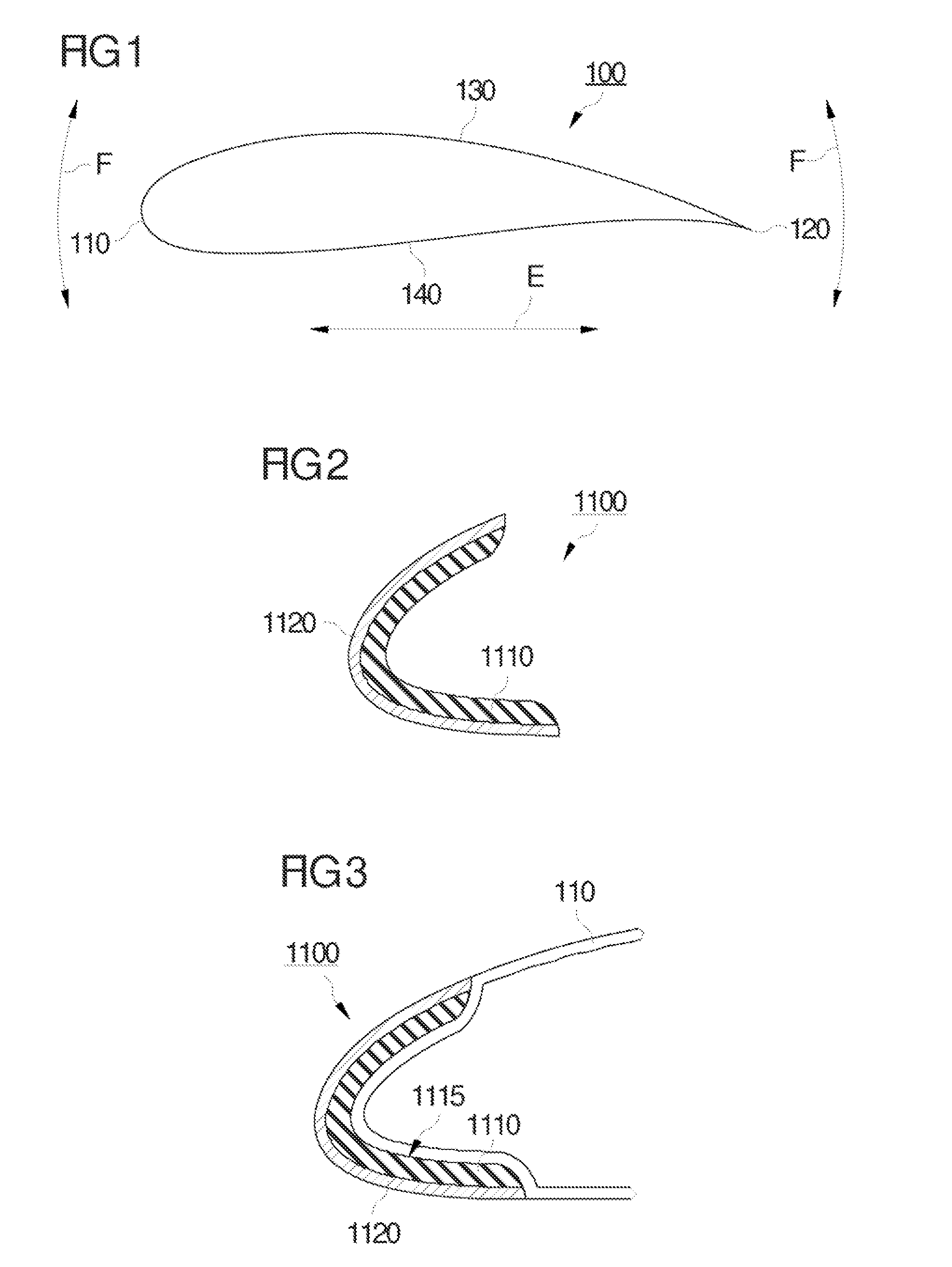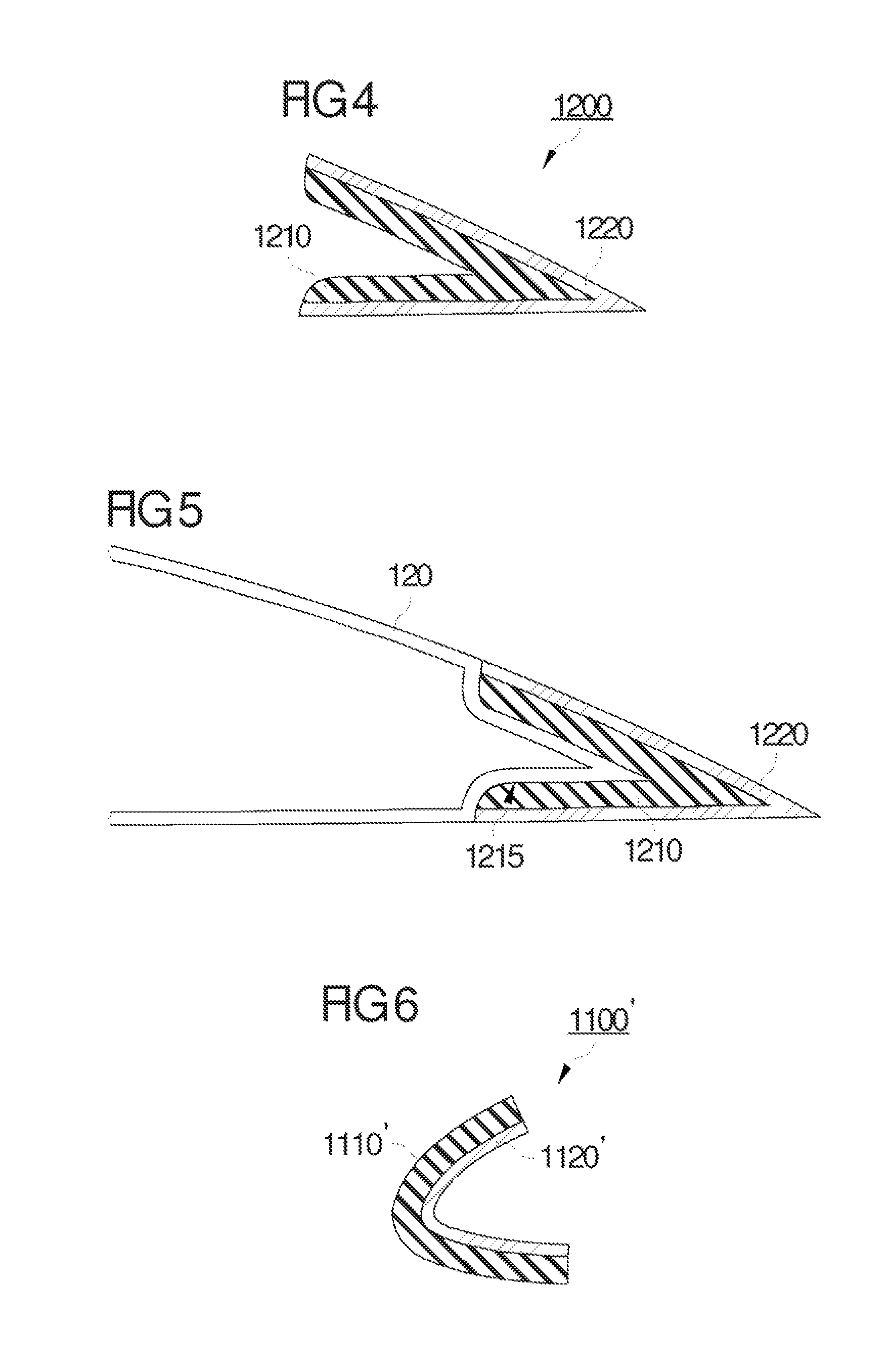Damping element for a wind turbine rotor blade
a technology for wind turbines and rotor blades, which is applied in the direction of marine propulsion, vessel construction, other chemical processes, etc., can solve the problems of low structural damping of blade materials, high load on rotor blades, and affecting the design of structural blades, so as to reduce blade dynamic fatigue and reduce maintenance requirements , the effect of enhancing the life of the blad
- Summary
- Abstract
- Description
- Claims
- Application Information
AI Technical Summary
Benefits of technology
Problems solved by technology
Method used
Image
Examples
Embodiment Construction
[0030]Reference will now be made in detail to the various embodiments of the invention, one or more examples of which are illustrated in the figures. Each example is provided by way of explanation of the invention, and is not meant as a limitation of the invention. For example, features illustrated or described as part of one embodiment can be used on or in conjunction with other embodiments to yield yet a further embodiment. It is intended that the present invention includes such modifications and variations.
[0031]FIG. 1 shows a cross-sectional view of a wind turbine rotor blade. The cross-section is taken in a plane perpendicular to the longitudinal axis of the blade so that the airfoil or blade contour is shown. The body of the rotor blade 100 has a leading edge 110 and a trailing edge 120 which are connected by a suction side 130 and a pressure side 140. Typically, the blade body 100 is made of fiber glass reinforced plastic (FGRP). Further details of the blade body configuratio...
PUM
 Login to View More
Login to View More Abstract
Description
Claims
Application Information
 Login to View More
Login to View More - R&D
- Intellectual Property
- Life Sciences
- Materials
- Tech Scout
- Unparalleled Data Quality
- Higher Quality Content
- 60% Fewer Hallucinations
Browse by: Latest US Patents, China's latest patents, Technical Efficacy Thesaurus, Application Domain, Technology Topic, Popular Technical Reports.
© 2025 PatSnap. All rights reserved.Legal|Privacy policy|Modern Slavery Act Transparency Statement|Sitemap|About US| Contact US: help@patsnap.com



